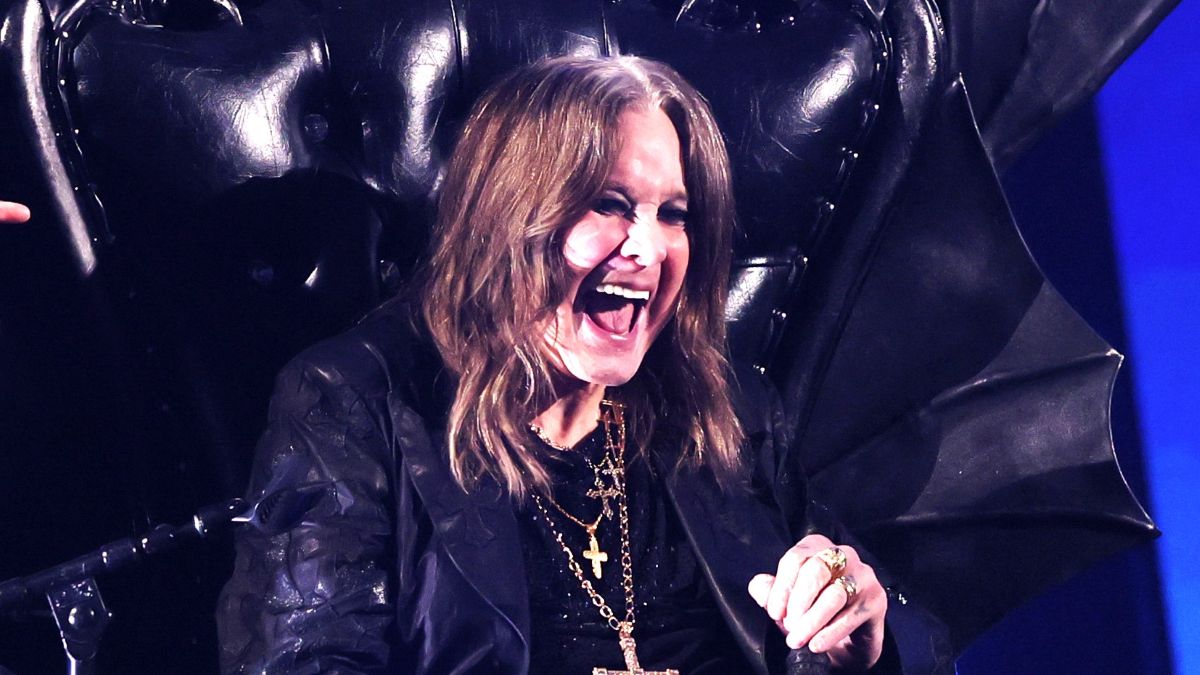K-Pop is an industry worth billions, generating massive amounts of revenue domestically and internationally through music sales, world tours, and brand sponsorships. K-Pop idols seemingly lead lavish lifestyles most people can only dream about, and the success of top groups like BTS, Twice, and Blackpink inspire thousands of hopeful youths to try their hand at realizing their own K-Pop dreams. For many of these K-Pop hopefuls, the idol life is not nearly as glamorous as it seems.
When you see idols dressed in luxury brands, it’s easy to believe they must be bringing home millions. Many idols have brand deals and sponsorships worth millions but that doesn’t mean they’re paying for these items themselves; brands gift idols clothes as part of their ambassador agreements and additionally, fans have been know to pool money together in order to buy their biases products worth thousands of dollars. It’s easy for idols to portray an image of near-perfection, but the reality is different.
From the outside, the life of a K-Pop idol is an extravagant one filled with recording new albums and jet-setting around the world to attend the latest Fashion Week. While life might look like that for the top idols, a large amount of K-Pop performers spend their careers in debt and underpaid, no matter how much they work.
The cost of K-Pop is about $40,000
Congratulations, you’ve passed your auditions, and you’ve signed a contract to become a trainee at your company — but what does this mean for your future as a K-Pop star? Before officially debuting, most idols go through a rigorous training regimen that can last anywhere from a few months to a decade, averaging about two years. During this period, potential artists work hard to improve their skills in dancing, singing, and rapping. As K-Pop becomes even more of a global phenomenon, many trainees take language classes to communicate with fans across the world. As you’d expect, none of this is cheap and for most trainees, they’re the ones expected to foot the bill.
Choreography and vocal lessons from teachers at the top of their field don’t come cheap. Most trainees live near the company to make better use of their time (many trainee schedules begin at dawn and don’t end until well past midnight) and rely on their agency for housing. The company not only houses their trainees and pays for their lessons but also takes care of food as well. These expenses add up fast and the longer a trainee spends preparing for their potential debut, the higher their debt becomes.
Most companies expect trainees to pay back these expenses. Only the largest entertainment companies are able to completely afford training costs. Former JJCC member Henry Prince Mak confirmed the pervasive rumor that SM, JYP, and YG Entertainment (often referred to as the “Big Three” companies) cover trainee expenses in full. These expenses can end up saddling trainees with debt in the tens of thousands, averaging at about $40,000 per trainee. Even if one of them makes it to debut, they still have to pay back this debt with the money they earn from being an artist.
Ways idols make money
Once an idol debuts, it’s time for them to start earning some money. The most obvious way to make money as a K-Pop idol is through music. Thanks to their devoted fans, popular K-Pop artists are able to sell millions of albums at a time and generate revenue through their music sales and streaming alone. For many smaller groups without as many fans (nor the power of casual listeners), the money made from album sales isn’t enough to justify the production costs the company spends making an album.
Even smaller K-Pop artists will perform at festivals throughout Korea and bigger groups will embark on world tours. While tours make money through ticket sales, merchandise sales make more money for artists and their companies. Some companies will encourage merch sales by requiring fans to buy certain items (like albums or posters) so they can be eligible for fan-sign events. Items like lightsticks and limited-edition concert shirts can be big-ticket items at concerts and help idols make a profit.
Even though there are other methods, the most effective way idols make money is through brand deals. While not every K-Pop group can be BTS and partner with huge companies, even small sponsorships can be a huge help for struggling groups. Luxury fashion houses will pay idols thousands for a handful of Instagram posts, making these gigs some of the most coveted in the industry. It’s not just fashion either; PUBG mobile is worth billions and collaborated with Blackpink, selling specialty bundles for $30.
The price of K-Pop fame
With most idols being $40k in debt from the start, even if the group is a success, it can still take years for many artists to see any of their hard-earned pay. Some groups that most would consider successful, including LOONA, have admitted they didn’t get paid until years after their debuts, if at all. For lesser-known groups, it’s even easier to keep acquiring more and more debt as expenses pile up.
Former idol Song Jaeho from the boy group Madtown broke down how little he and the other members made during their time in the group. During a livestream, he talks about how difficult it is for idols to make money unless they come from a huge company. Debt doesn’t stop with training expenses. Song details how the cost of music videos, music production, styling, and more would be added to the amount the company expected them to pay back. Music show appearances didn’t help either, Song described the performances as “procedure” in order to promote their music. Other sources say idols get paid anywhere from $40 to $370 for music show appearances, but, as companies spend thousands on the performances, it amounts to almost nothing. After splitting the money with the company and among the other members of the group, an idol can be left with little to show for their hard work.
When an artist actually takes home money, they split it with their company via the conditions outlined in their contract. All contracts are different, and profit distribution varies based on different factors, such as whether an event was overseas or domestic. In a video about his income as a K-pop artist, MBLAQ member Mir talks about making $12,000 from his first three months as an idol due to the success of his group’s debut single.
The group became even busier, appearing on variety shows and various programs, so Mir was even more excited to check his bank account after another three months had passed. He was shocked to find he had made nothing even though the group had made so many appearances. He later realized due to extra expenses, his company earned the entire commission from variety shows and similar programs. JJCC’s Prince Mak mentioned in his own YouTube video on the subject that his company would take 80 percent of earnings and the remaining 20 percent would be split among the members. He estimates his earnings while in the group came out to about $1 to $2 per day.
How much do idols really make?
The truth is an idol’s income can vary drastically, and it’s rare for an idol to achieve the glamorous lifestyle they once dreamed of. Due to staggering trainee debts, an idol can struggle to break even and might never see any money, like Song Jaeho admitted was the case when he was in Madtown. For these idols, even a part-time job making minimum wage would make them more money than their K-Pop careers. Some artists, like EXID’s Hyerin before her group gained popularity, will take on part-time work in order to alleviate some of their living expenses in between comebacks.
On the other end of the spectrum, idols like BTS see massive success and earn millions. Each member is worth an estimated $20 million, and that number is likely lower than their actual worth, given their brand deals and income they earn for songwriting and production credits. K-Pop artists who are lucky enough to be signed to one of the bigger agencies have the benefit of no trainee debt as well as almost-guaranteed popularity given their company’s status. Many of the wealthiest K-Pop groups come from the “Big Three” companies, showing just how rare this level of success is for groups from mid-tier and smaller labels.
In reality, the majority of idols are probably similar to Mir of MBLAQ. Mir describes himself as nowhere near a “top star” (though many second-gen K-Pop fans will likely disagree), and he happily shared the livable income he made as an idol on his personal YouTube channel. During his promotions, he was able to make $60,000 from comebacks and individual activities and was even able to purchase a BMW while helping with his family’s expenses. Mir believes if an idol who isn’t a huge celebrity can make a decent living while promoting, many K-Pop artists must be similar, and hopes by publicly sharing his income, he’ll inspire would-be idols to not give up on their dreams.
An unfair reality
There’s no guaranteed path to success in the K-Pop industry, but more and more artists are finding ways to make money as idols, whether it be through songwriting, brand deals, or even YouTube. As more idols become transparent about the unfair realities they face in the industry, we can hope it will lead to more fair payment conditions in the years to come.











Published: Feb 27, 2023 09:19 am